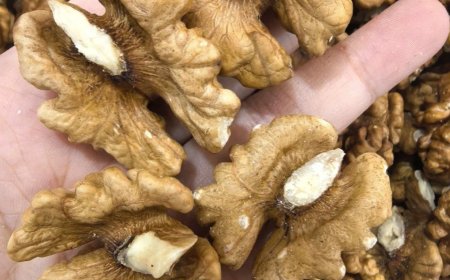Did you know that tea and lemon are enough to give new life to orchid plants
Orchids are cherished around the world for their elegance, long-lasting blooms, and symbolic connection to beauty, love, and refinement. Yet, despite their delicate appearance, orchids are surprisingly resilient plants—when given the right care. Many people become discouraged when their orchids stop blooming or begin to look weak, assuming the plant is dying. In reality, orchids go through natural resting phases, and a few simple care techniques can bring them back to life.
2.
One of the most surprisingly effective natural methods involves two everyday ingredients found in almost every home: tea and lemon. This gentle, nutrient-rich mixture helps refresh the soil, strengthen the roots, and restore shine and vitality to the leaves. When used consistently, it can stimulate growth and encourage orchids to bloom again.
Below
is a detailed guide to understanding orchid blooming cycles, recognizing when your plant needs support, and using the tea–lemon method to revitalize your orchid naturally.
When Do Orchids Bloom? Understanding Their Natural Cycle
Orchids, especially the popular Phalaenopsis variety, bloom once or twice a year, usually between late winter and spring. Their blossoms can last for several months, which is one of the reasons they are such popular decorative plants.
To bloom successfully, orchids require specific environmental conditions:
Temperature Needs
Winter: Around 15°C (59°F)
Lower nighttime temperatures help trigger new flower spikes.
Spring–Autumn: Between 20°C and 30°C (68–86°F)
Warm days and slightly cooler nights are ideal for healthy growth.
Light Requirements
Orchids need bright but indirect light. Too much sunlight burns their leaves, while too little prevents blooming.
Humidity and Airflow
They thrive in a humidity level of 40–70%, with gentle air movement to prevent fungal problems.
When the flowers fade, it does not mean the plant is dying—it is simply resting and preparing for its next growth cycle. This is the perfect time to give your orchid a boost with natural nourishment.
Why Tea and Lemon Help Orchids Recover
Tea and lemon contain compounds that support plant health in several ways:
Tea Benefits
Contains tannins, which strengthen the root system
Provides mild nitrogen, promoting stable leaf growth
Has natural antioxidants, helping stressed plants recover
Slightly acidifies the soil, which orchids prefer
Lemon Benefits
Supplies vitamin C, which helps stimulate cellular activity
Acts as a natural disinfectant, reducing harmful microorganisms
Gently cleans leaves and restores shine
Helps balance pH levels, supporting root health
Together, these ingredients create a balanced, plant-friendly tonic that refreshes both the soil and the foliage.
The Lemon–Tea Method for Invigorating OrchidsMaterials Needed
Fresh tea infusion (black or green tea)
Lemon juice (freshly squeezed)
Hot water
A clean container
A soft cloth for wiping leaves
Step-by-Step Procedure
1. Prepare the Tea Infusion
Boil water and pour it over a tea bag or loose tea.
Let the tea steep until it becomes a medium-strength infusion—not too weak, not too strong.
2. Add the Lemon Juice
Once the tea has cooled slightly, pour it into a container.
Add a small amount of freshly squeezed lemon juice.
Mix well to ensure the nutrients are evenly distributed.
3. Nourish the Roots
Pour a small portion of the solution directly into the orchid pot.
This refreshes the growing medium, supports root strength, and provides mild nutrients.
4. Clean and Revitalize the Leaves
Dip a soft cloth into the mixture and gently wipe both sides of each leaf.
This:
removes dust
discourages pests
restores natural shine
Tap the p.hoto to v.iew the full r.ecipe.

























